Mechanical, electrical and plumbing MEP
Contents |
[edit] Introduction
Mechanical, electrical and plumbing (MEP) systems are an important part of building services and can have many different functions.
Typically designed by specialised consultants and contractors, MEP systems can present complex challenges in terms of coordination and detailing. They must satisfy multiple objectives and criteria for design, installation, commissioning, operation, and maintenance.
Some of the challenges involved include:
- Spatial co-ordination; avoiding hard and soft clashes.
- Multiple parts functioning effectively together as a single system.
- Complex installation, testing operation and maintenance procedures.
[edit] Mechanical
Mechanical systems most commonly relate to heating ventilation and air conditioning systems, but they can also relate to transportation systems such as lifts and escalators, elements of infrastructure, industrial plant and machinery, and so on.
Heating ventilation and air conditioning can be used in buildings to:
- Maintain internal air quality.
- Regulate internal temperatures.
- Regulate internal humidity.
For more information see: Heating ventilation and air conditioning.
See also:
- Building heating systems.
- Cooling systems for buildings.
- Mechanical ventilation.
- Mechanical and electrical.
- Mechanical engineer.
[edit] Electricals
Electrical systems might include:
- Power supply and distribution.
- Information and telecommunications systems.
- Control systems.
- Security and access systems.
- Detection and alarm systems.
- Interior and exterior lighting.
Clearly there is a great deal of overlap between mechanical and electrical systems, with many systems including both mechanical and electrical components, hence the term M&E (mechanical and electrical).
For more information, see:
- Building management systems (BMS)
- Building automation and control system (BACS).
- Fire detection and alarm system.
- Access control in buildings.
- CCTV.
- Mechanical and electrical.
- Electrical engineer.
[edit] Plumbing
Plumbing refers to any system that allows the movement of fluids, typically involving pipes, valves, plumbing fixtures, tanks and other apparatus.
Plumbing systems might be used for:
- Heating and cooling.
- Waste removal.
- Potable cold and hot water supply.
- Water recovery and treatment systems.
- Rainwater, surface and subsurface water drainage.
- Fuel gas piping.
For more information see:
- Building heating systems.
- Cooling systems for buildings.
- Greywater recycling.
- Sustainable urban drainage systems.
- Passive water efficiency measures.
- Rainwater harvesting.
- Types of water.
[edit] MEP systems and BIM
MEP engineers should have access to accurate design information to enable the planning of MEP systems layout, as complex configurations, particularly in congested spaces, can prove very difficult to plan during the design stage.
Using building information modelling (BIM), MEP engineers are able to access critical design data while contributing to a building process that can be more efficient, result in fewer problems on site, and produce the optimum system design.
[edit] Related articles on Designing Buildings
- Air conditioning.
- BSRIA study: The market for European Field Devices.
- Building Automation and Control System BACS.
- Building energy management systems BEMS.
- Building management systems.
- Building services.
- Building services engineer.
- Cooling systems for buildings.
- Dishwasher.
- Ductwork.
- Electrical control systems.
- Energy management and building controls.
- Frequently Googled plumbing and electrical problems.
- Heating.
- How BIM can cause needless early stage MEP design concerns.
- HVAC.
- HVAC balancing.
- Joined-up thinking is key to building safely.
- Mechanical ventilation.
- MEP BIM and the building lifecycle.
- Natural ventilation.
- Pipework.
- Plant room.
- Plumbing.
- Point Cloud modeling considerations for M&E in refurbishment projects.
- Radiator.
- Rising main.
- Thermal comfort.
- Types of building services.
- Types of heating system.
- Ultrasonic pipe testing.
- Valves.
- Water Regulations Advisory Scheme WRAS.
Featured articles and news
Considerate Constructors Scheme acquires Building A Safer Future
Acquisition defines a new era for safety in construction.
AT Awards evening 2024; the winners and finalists
Recognising professionals with outstanding achievements.
Reactions to the Autumn Budget announcement
And key elements of the quoted budget to rebuild Britain.
Chancellor of the Exchequer delivers Budget
Repairing, fixing, rebuilding, protecting and strengthening.
Expectation management in building design
Interest, management, occupant satisfaction and the performance gap.
Connecting conservation research and practice with IHBC
State of the art heritage research & practice and guidance.
Innovative Silica Safety Toolkit
Receives funding boost in memory of construction visionary.
Gentle density and the current context of planning changes
How should designers deliver it now as it appears in NPPF.
Sustainable Futures. Redefining Retrofit for Net Zero Living
More speakers confirmed for BSRIA Briefing 2024.
Making the most of urban land: Brownfield Passports
Policy paper in brief with industry responses welcomed.
The boundaries and networks of the Magonsæte.
London Build Fire and Security Expo
20-21 Nov and now with new Ambassador Programme..
The Scottish Building Safety Levy
Eight weeks of consultation closing on 18 November.
The grey, the brown and the golden rules of housing
shifting policies from the wild west of housing development.
Future proofing homes that are fit for purpose
Specification challenges and the role of plastic.
Thousands of new homes unlocked for brownfield sites
£68 million to 54 councils for neglected land into new homes.










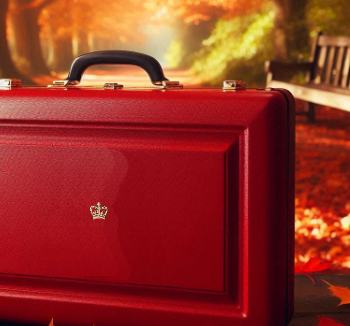



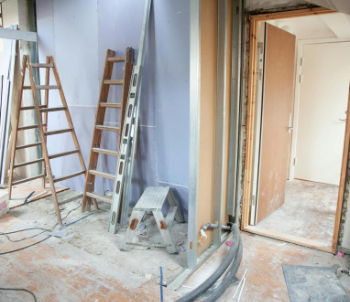

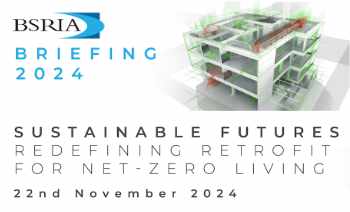



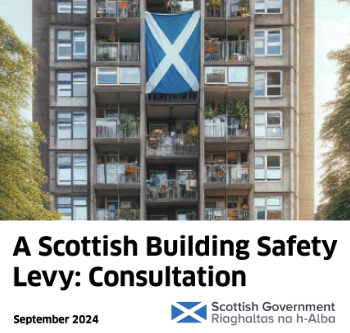

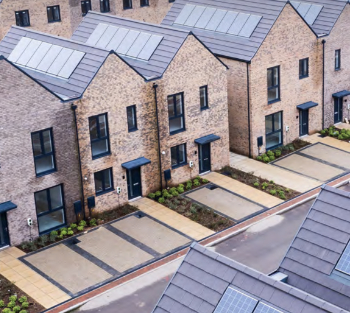
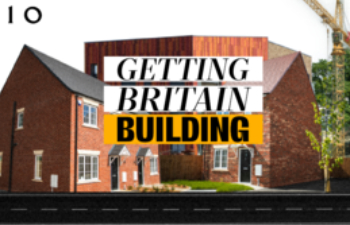
Comments
Air-Conditioning & Ventilation System Engineering
Electrical System Engineering
ELV System Engineering
Building Management System Engineering
Fire Protection System Engineering
Compressed Air System Engineering
Steam System Engineering
Process Water System Engineering